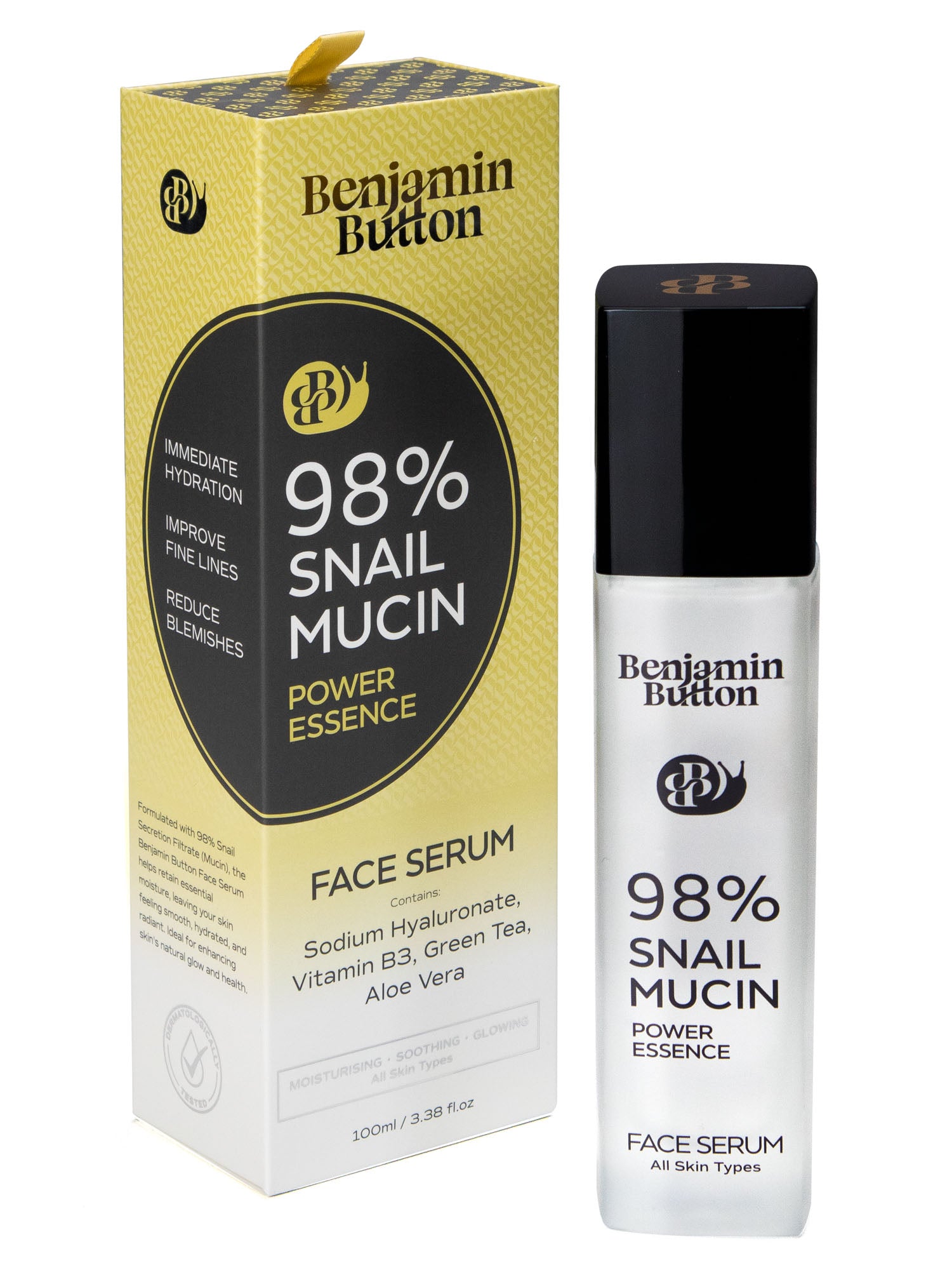Effective Baby Weaning: Expert Tips for Smooth Transition
Weaning your baby can be an exciting yet daunting journey. It's an essential phase as your little one transitions from milk to solid foods, and with the right guidance, you can make this process seamless. Navigating through the myriad of advice and options available can be overwhelming, but with some expert tips, you can ensure a smoother experience for both you and your baby.Understanding Weaning
Weaning refers to the gradual process of introducing your baby to solid foods while simultaneously reducing their reliance on breast milk or formula. This transition typically begins around six months of age, but it's vital to consider your baby’s developmental readiness. Here are some signs to look for:- Your baby can sit up unaided.
- They show interest in the food you are eating.
- Your baby can grasp and bring objects to their mouth.
- They're able to chew and mash food with their gums.
Choosing the Right Approach: Baby-Led Weaning vs. Traditional Weaning
There are two primary approaches to weaning: baby-led weaning and traditional weaning. Each has its unique benefits, and your choice will depend on your family's preferences and your baby’s personality.Baby-Led Weaning
Baby-led weaning involves allowing your child to feed themselves from the outset. This method encourages independence and self-regulation. Here are some of its advantages:- Encourages exploration: Babies are more likely to try various foods when given the opportunity to choose.
- Enhances fine motor skills: Self-feeding helps develop hand-eye coordination.
- Promotes healthy eating habits: Children learn to listen to their hunger cues and develop a positive attitude towards food.
Traditional Weaning
In contrast, traditional weaning starts with purées, gradually advancing to more textured foods. This method can be beneficial for parents who prefer a structured approach. Advantages include:- Controlled portions: You can manage how much your baby eats, ensuring they receive adequate nutrition.
- Identification of food allergies: Introducing one food at a time makes it easier to spot potential allergies.
- Gradual texture transition: This approach can help your baby adjust to solids at their own pace.





















